Conflict is a key ingredient of an engrossing story. 'Internal conflict' and 'external conflict' are two terms you'll often hear when people discuss character creation. Read definitions of these types of story conflict, then how to use them to develop your story:
Internal conflict vs external conflict: Definitions
In fiction, 'internal conflict' refers to a character's internal struggle.
A character might struggle with an emotional problem such as fear of intimacy or abandonment, for example. Internal conflict is important for characterization, since flaws and internal struggles make characters more lifelike and sympathetic.
External conflict, on the other hand, refers to the conflicts between a character and external forces.
This type of conflict can be between one character and another or a group (or between groups of characters). It can also be between a character and more abstract forces, like societal pressures or even something supernatural.
Both types of conflict, internal and external, are useful because they create:
- Tension: Because of conflict's uncertainty, we want to know how it resolves and keep turning pages to find out
- Stakes: Conflict suggests worst-case outcomes and makes resolution urgent (the hero must overcome the antagonist/environment or themselves 'or else...')
- Character development: Conflict allows for dramatic incidents and confrontations that test characters and cause them to learn and adapt
So how do you use external and internal conflict to develop characters?
1: Make both types of conflict obstacles
Accomplished authors use both external and internal conflict to give their characters serious obstacles to reaching their goals.
In Tolkien's The Lord of the Rings cycle Frodo and his co-travelers must face external conflicts as well as internal ones. They encounter hostile creatures such as orcs and wargs, impassable terrain, alongside their own fears and weaknesses.
Frodo's friend and sidekick Sam is initially fearful of their quest. Over the course of the story cycle, Sam gains courage as they progress towards Mordor. We see Sam's internal conflict, and then we see how external conflicts pit him against his internal struggle, forcing him to grow.
In a romance novel, conflicts keep characters apart or throw existing relationships in jeopardy. Take Nicholas Sparks' The Notebook, for example. Allie's snobbish and disapproving mother is a source of external conflict that delays the lovers' reunion after their first romantic encounters.
Sparks adds poignant internal conflict to this external source. His aging protagonists battle with medical conditions that place obstacles in their relationship. Even once the characters overcome primary external conflicts, internal conflict (in this instance, self vs mind and body) remains.
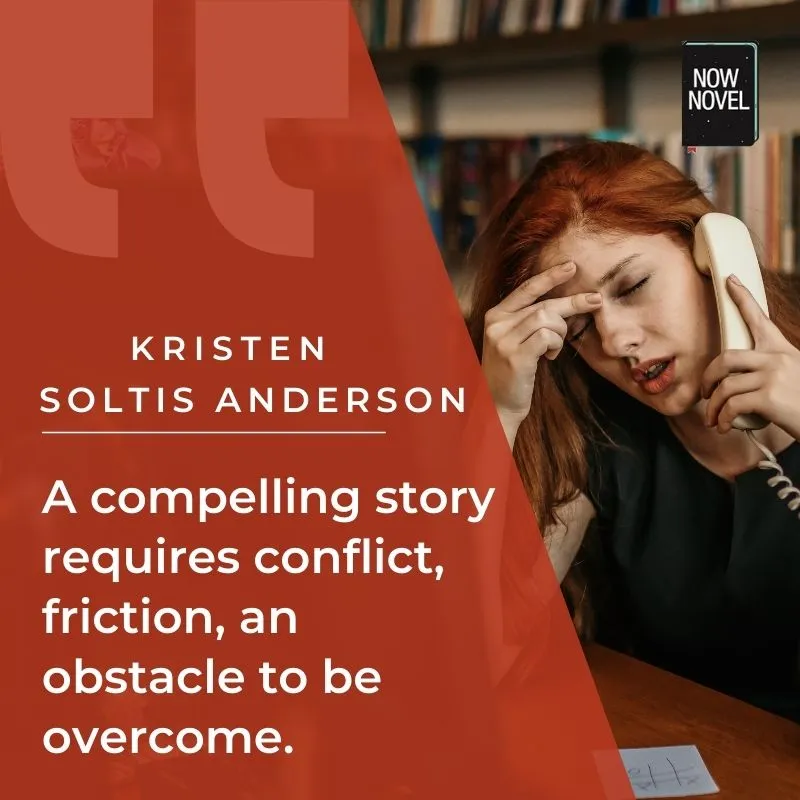
2: Plan how external and internal conflicts affect each other
Dividing conflict into 'internal' vs 'external' can be misleading, since the two are linked. For example, in a romance, a character who fears abandonment might be clingy towards their lover. This in turn might create external conflict when the other character feels smothered. Plan how these internal and external conflicts feed into each other.
For example, picture a character who is independent and hates asking for help. How would this complicate their survival in an environmental disaster? Will they need to learn to rely more on others and ask for help? This is an example of how external conflict can be a crucible for character development. External conflicts can pit characters against their own internal conflicts, forcing them to renegotiate their beliefs and priorities.
3: Give characters opposing internal conflicts
Opposing internal conflicts between characters may build confrontation and drama, but also attraction. For example, a messy character who struggles to not be chaotic might annoy a 'neat freak' who is obsessive about order. Yet the same neat character could find this trait intriguing. Differences that spark conflict are also the differences that attract people to one another.
In the film Eternal Sunshine of the Spotless Mind, for example, Kate Winslet's character Clementine is a flighty and impulsive extrovert. Jim Carrey's character Joel, whom she meets on a train, is a melancholic introvert by contrast.
Initially, Clementine is attracted to Joel and enjoys teasing him about his intensity and seriousness. But over time, each character's internal conflict - Clementine's fear of boredom and stasis and Joel's fear of unpredictability - become sources of mutual frustration and hostility.
Through giving each character an opposing internal conflict that contains the seed for conflict, Charlie Kaufman (the scriptwriter) creates a development arc for each primary character that feels believable, even inevitable.
4: Use multiple, related internal and external conflicts
A character doesn't have to only have one internal conflict over the course of your entire novel. Take, for example, a character who struggles to be in a relationship because they struggle with anxiety and self-doubt. What new internal conflicts might arise if they discover new-found confidence?
Perhaps they are not used to having the confidence to actively choose or leave their significant other. This in turn creates anxiety about whether or not they've made the 'right' choice. One internal conflict resolving can thus leave space for a new one to arise.
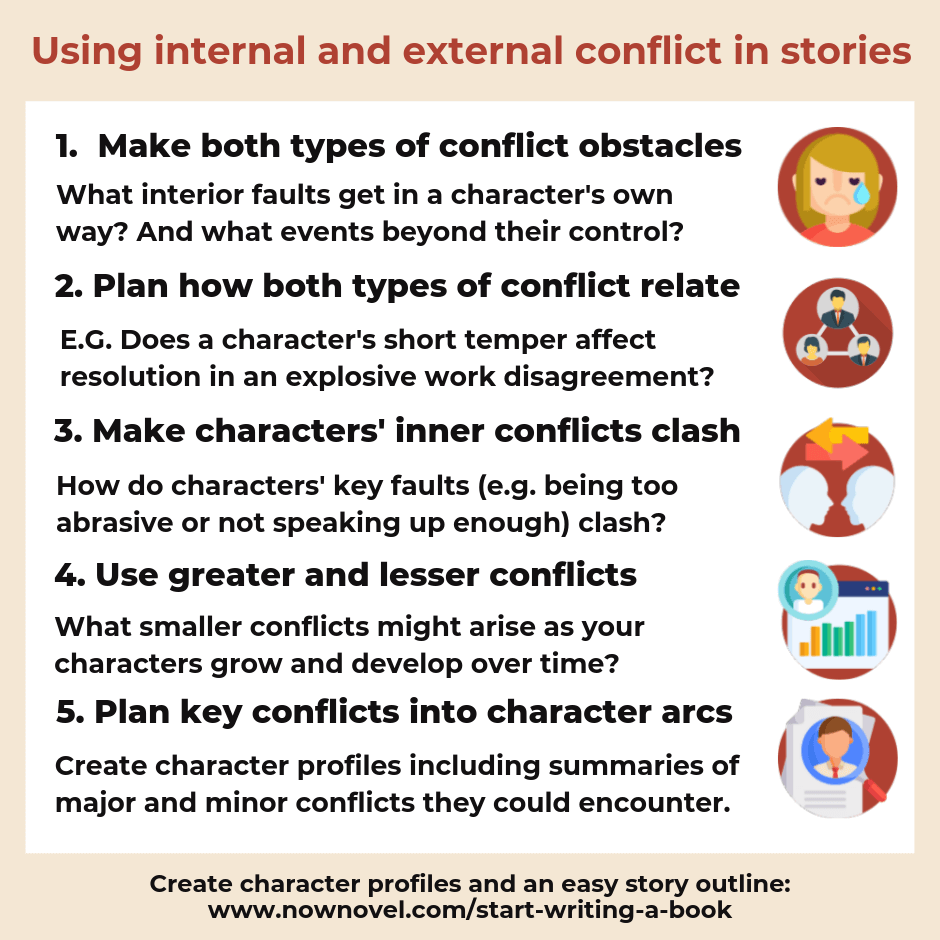
5: Plan character arcs alongside internal and external conflicts
Credible characters are human like us. One of the reasons Greek mythology is potent (and narrative epics like Homer's Odyssey are still read and taught) is because the Greek Gods are just like people. Like ordinary mortals, they're prone to love, jealousy, conflict and error.
When creating a character for your novel, create a cheat sheet for internal and external conflicts they will grapple with. For example, this could be a character conflict cheat sheet for Odysseus's wife in Homer's Odyssey:
Character name: Penelope
Who and where: Wife of Odysseus, awaits his return in Ithaca
Internal conflict: Doesn't know if Odysseus is still alive and unsure whether or not to take his advice to remarry if he has not returned from war.
External conflict: She's besieged by persistent suitors vying for her hand in marriage, forcing her to find ways to deter them until she receives word of Odysseus.
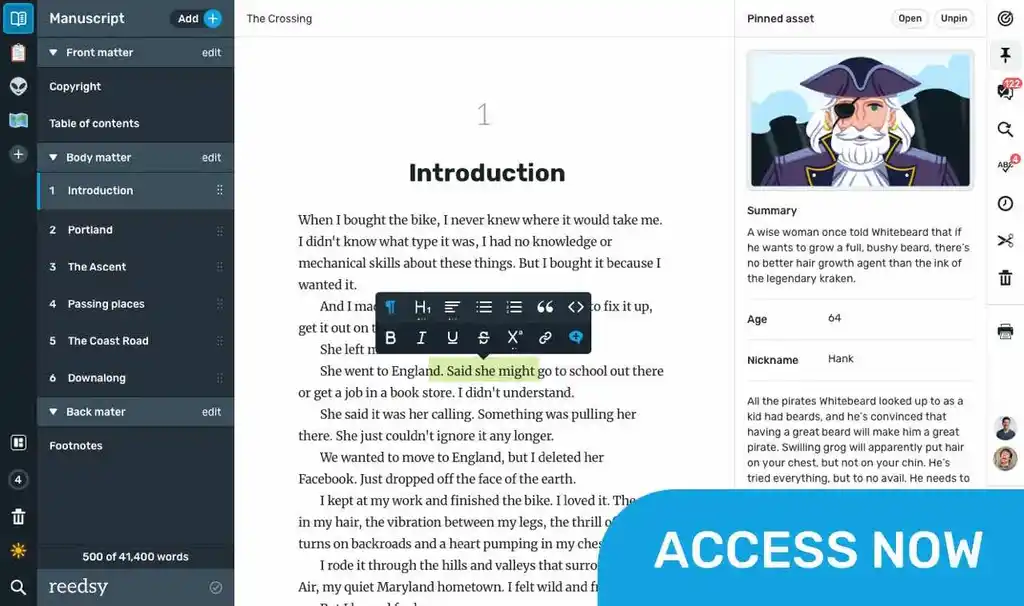



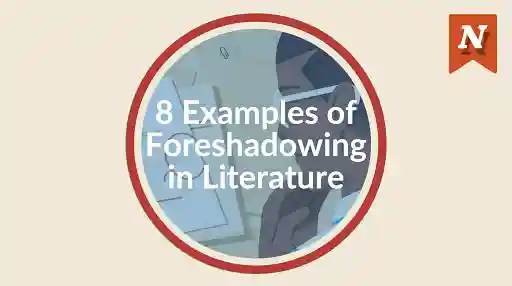
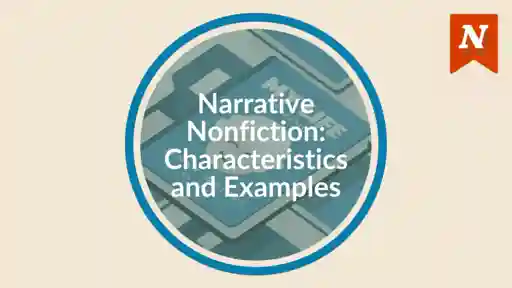

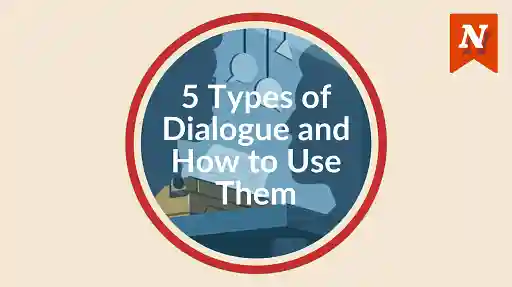

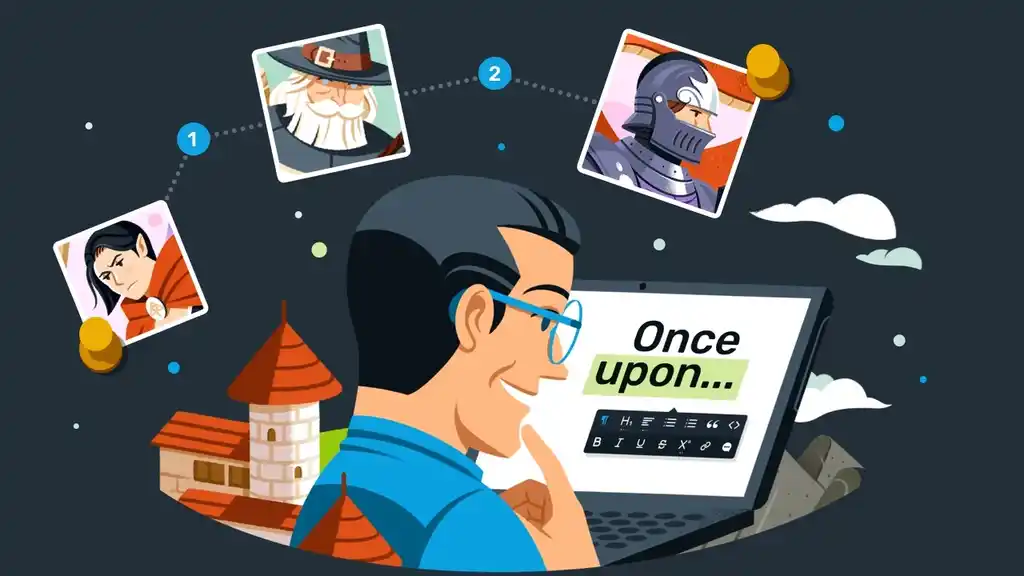


This is a great way of looking at character conflict. Would you say that another way to create internal struggle is to give a character two goals that conflict with each other? For example, in a romance, one lover struggles with wanting to feel independent and believes that being in a relationship impedes that, but at the same time, also loves the other character and wants to be in a relationship with them?
Jordan Mc Dowell - Almost 9 years ago
Thank you, Jordan. Definitely, people often hold conflicting or competing wants and desires.
Bridget At Now Novel - Almost 9 years ago
Yes, I agree with Jordan McDowell here - great way to see conflict and use conflict! My issue has always been how the external problem relates to the internal problem - and finding a way to connect them. Any workshops or further posts in the pipeline to practice that?
Melithecat - Almost 6 years ago
Hi Melithecat, thank you for the feedback! That's a great suggestion, we'll put together a resource on this aspect of conflict in fiction in the near future :)
Jordan At Now Novel - Almost 6 years ago
Thank you for such an insightful post! I have passed this on to fellow writers to help them enrich their books.
Susan Feit - Almost 5 years ago
Hi Susan, thank you for the kind feedback and for sharing our articles. Happy New Year and all the best for your writing.
Jordan - Almost 5 years ago
What is the answer
Irish Moral - Over 4 years ago
What is the question, Irish?
Jordan - Over 4 years ago
This is a fantastic article, thank you.
Loughery - About 4 years ago
this helped me understand but did not answer the question which one is more external or internal
Natalia - Almost 4 years ago
Hi Natalia, I'm glad to hear that this helped though I'm sorry to hear it didn't answer your question. Could you perhaps clarify what your question is - to what does 'one' refer? Thank you for reading our blog.
Jordan - Almost 4 years ago
Great Job! I like your example with Penelope.
Richard - Almost 4 years ago
Hi Richard, thank you! I'm glad you enjoyed this article and thank you for sharing your feedback.
Jordan - Almost 4 years ago